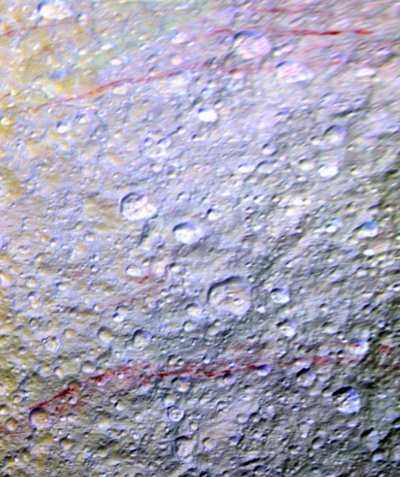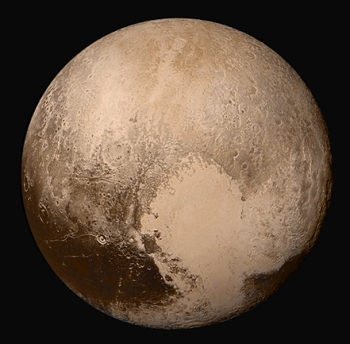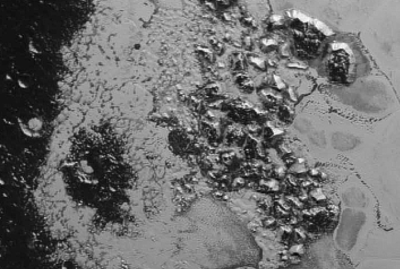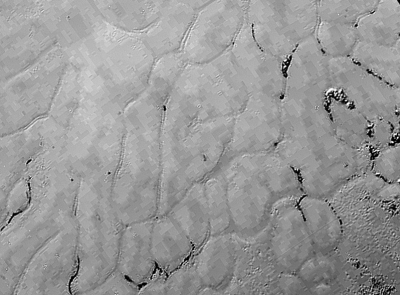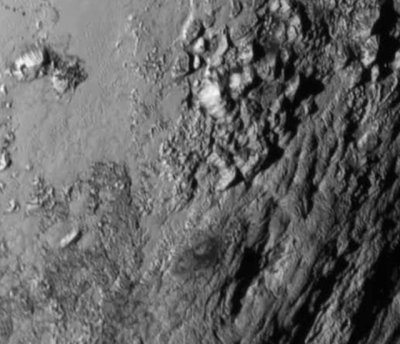Curiosity looks ahead at its future travels
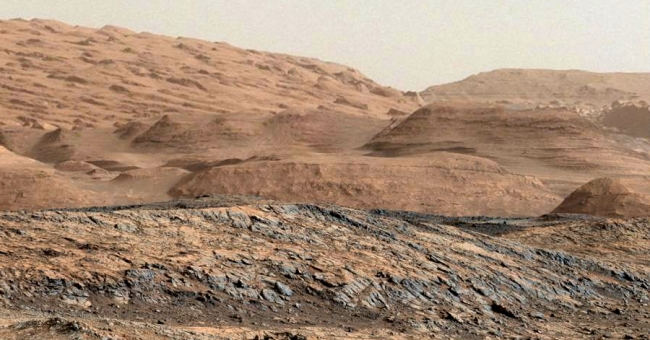
Cool image time! The above image is a cropped version of a full resolution image taken by Curiosity of the terrain the rover will be traveling in the coming years.
I have also enhanced the contrast slightly to bring out the details. The terrain is rugged and very diverse, from rounded buttes to rocky outcrops.
Gravel and sand ripples fill the foreground [not shown in my cropped version above], typical of terrains that Curiosity traversed to reach Mount Sharp from its landing site. Outcrops in the midfield are of two types: dust-covered, smooth bedrock that forms the base of the mountain, and sandstone ridges that shed boulders as they erode. Rounded buttes in the distance contain sulfate minerals, perhaps indicating a change in the availability of water when they formed. Some of the layering patterns on higher levels of Mount Sharp in the background are tilted at different angles than others, evidence of complicated relationships still to be deciphered.
Traversing this rugged terrain will be a challenge but it is necessary to obtain data that will help decipher its origins. The immediate goal will be to reach the light brown terrain in the distance. In the full image, that region gently slopes upward to the left to the mountain summit, providing a route to the rover’s eventual goal.

Cool image time! The above image is a cropped version of a full resolution image taken by Curiosity of the terrain the rover will be traveling in the coming years.
I have also enhanced the contrast slightly to bring out the details. The terrain is rugged and very diverse, from rounded buttes to rocky outcrops.
Gravel and sand ripples fill the foreground [not shown in my cropped version above], typical of terrains that Curiosity traversed to reach Mount Sharp from its landing site. Outcrops in the midfield are of two types: dust-covered, smooth bedrock that forms the base of the mountain, and sandstone ridges that shed boulders as they erode. Rounded buttes in the distance contain sulfate minerals, perhaps indicating a change in the availability of water when they formed. Some of the layering patterns on higher levels of Mount Sharp in the background are tilted at different angles than others, evidence of complicated relationships still to be deciphered.
Traversing this rugged terrain will be a challenge but it is necessary to obtain data that will help decipher its origins. The immediate goal will be to reach the light brown terrain in the distance. In the full image, that region gently slopes upward to the left to the mountain summit, providing a route to the rover’s eventual goal.

